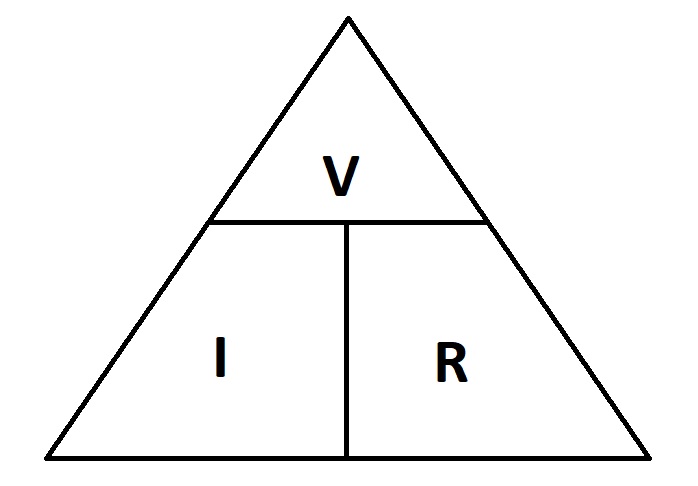What is the difference between AC and DC current in CCTV?
AC or alternating current
In alternating current, the flow of charge changes its direction periodically. Therefore, the voltage level also reverses. Alternating current is used to deliver power to houses, office buildings, etc.
DC or direct current
Direct current or DC provides a constant voltage or current. DC current can be generated in a number of ways.
-
By converting AC to DC using a rectifier
-
Batteries produce DC current
-
By using a commutator
Why do devices such as CCTV systems use DC current instead of AC?
Any circuit involving transistors requires a DC bias. It means a positive DC voltage is applied to the base of the transistors to make them work properly. Transistors are the main part of a circuit board, which is then used in processing information in signal transfers.
What is volatge?
Voltage is the pressure that pushes the electrons through an electrical conductor. For example, if a CCTV camera requires 350mA to work, 12V is the pressure that helps the current to travel from your power source to camera.
What is current?
Current is an electrical charge that flows across an electric circuit. Current is measured in Amperes (A) and most CCTV cameras require less than 0.5A or 500mA.
Why should I learn about current in CCTV installation?
If you buy a DIY CCTV kit, you will probably find that you have been given the correct cameras, power supplies and cables. But, if you decide to take this as a career, you may come across situations where customers want a tailor-made solution. In this case, you will be required to know the current rating of your cameras to calculate the correct power supplies and cable run.
Why do I see 24V AC current in PTZ cameras?
We widely see that PTZ cameras are installed in huge CCTV projects, where you may have to run cable for a long distance before it reaches the camera. AC is preferable to DC current in long cable run, and this is due to the fact that AC has better voltage tolerance than DC.
DC voltage tolerance is + or – 10%, whereas AC tolerance is + or – 20%.
Most PTZ cameras are equipped with motors, therefore they need more watts than a normal static camera.

